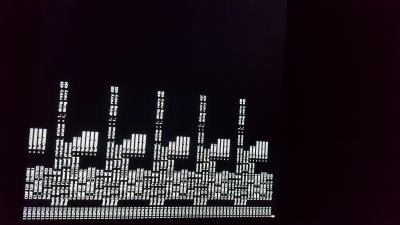- Joined
- Aug 24, 2017
- Messages
- 12
- Motherboard
- Dell XPS 9360-2.9.0-Clover
- CPU
- I7-8550U/02PG84
- Graphics
- UHD 620 / 3200x1800
- Mac
- Mobile Phone
Anyone else getting big kernel_task cpu usage after wake? According to my research, this is Apple's way of trying to keep the machine cooler (and ultimately quieter) by 'fake throttling' the chip so other processes can't request more resources. However, the result is that the machine stays very warm, the fan barely engages and performance is reduced. I see usage of around 67% or so in kernel_task. I've already repasted and put in thermal pads on the heat pipes in an attempt to reduce overall temps, and it only had a mild effect.
I'm wondering if there's some post-sleep script that needs to run to reset the SMC or something to tell the fans to kick into higher gear. In Windows, using the Hardware Monitor, I'll see spikes of 100 degrees C on the package and all four cores which results in thermal throttling several times before the fan kicks in. But when they do, it'll run it much faster than I've ever noticed in MacOS. Any suggestions other than undervolting?
I'm wondering if there's some post-sleep script that needs to run to reset the SMC or something to tell the fans to kick into higher gear. In Windows, using the Hardware Monitor, I'll see spikes of 100 degrees C on the package and all four cores which results in thermal throttling several times before the fan kicks in. But when they do, it'll run it much faster than I've ever noticed in MacOS. Any suggestions other than undervolting?

